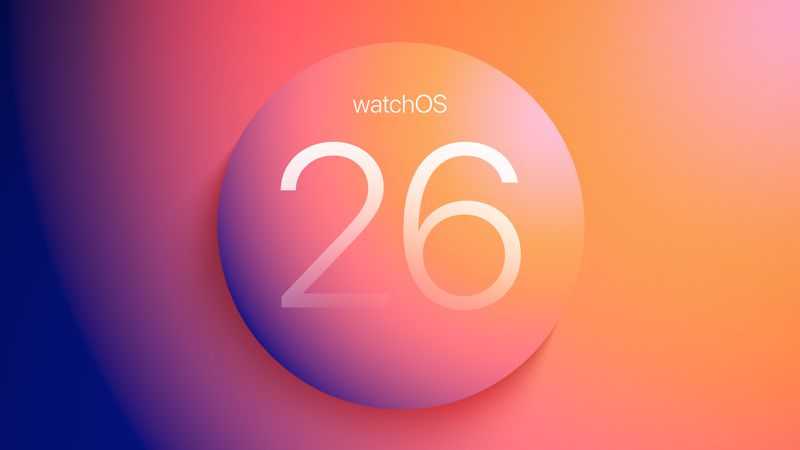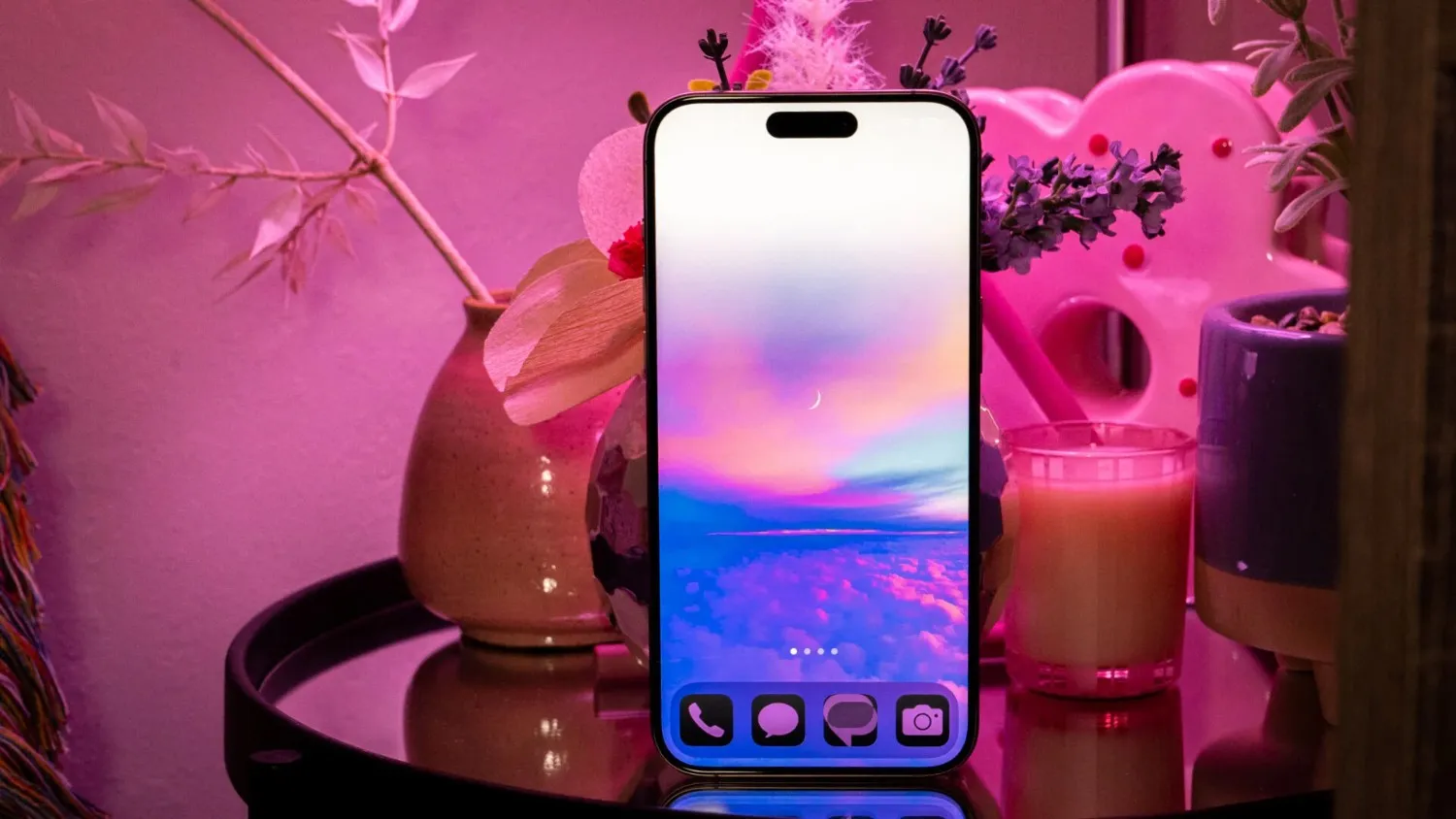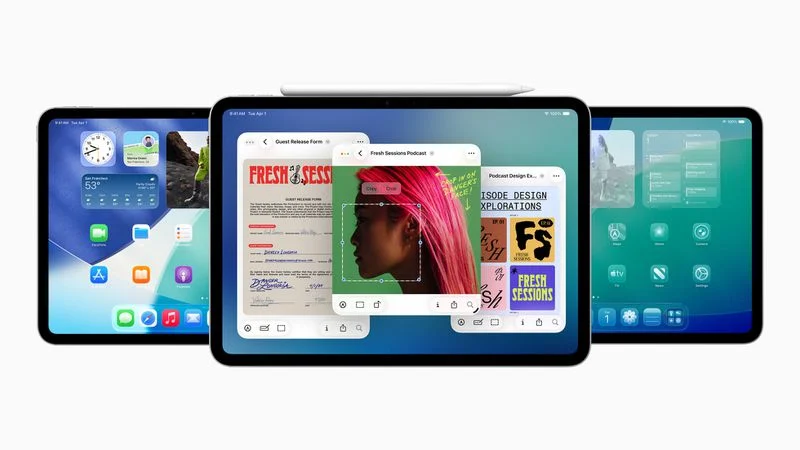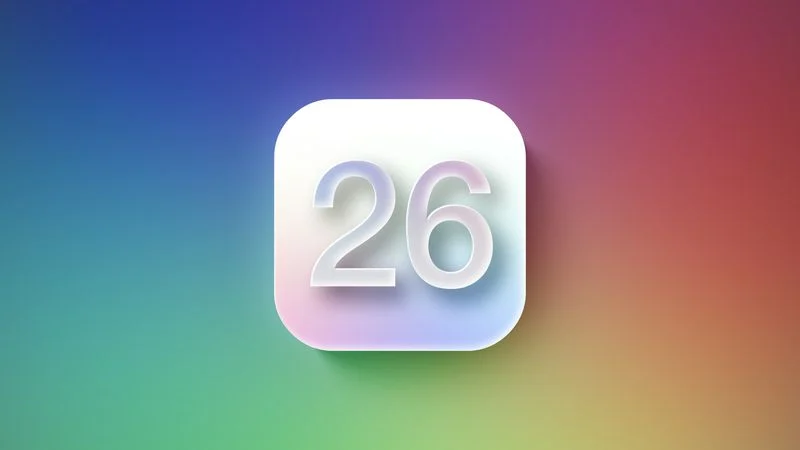A fresh peek at the upcoming iPhone 17 Air has surfaced, thanks to a dummy model shared online. This fake version gives us a clue about how it stacks up against the current iPhone 16. While it’s not the real deal, it’s enough to spark excitement and guesses about Apple’s next big thing.
The iPhone 17 Air dummy looks super slim—thinner than the iPhone 16 by a noticeable amount. People are buzzing that this could be Apple’s lightest and sleekest phone yet. The mockup shows a single camera on the back, placed diagonally, unlike the iPhone 16’s dual-camera setup. This hints that the Air might focus on being simple and stylish rather than packing extra camera power.
Size-wise, the iPhone 17 Air seems close to the iPhone 16, but its edges look sharper and more modern. The dummy also skips the usual buttons, suggesting Apple might go for touch controls or something new. Rumors say it could ditch the physical SIM slot too, relying only on eSIM, which matches Apple’s push for smoother designs.
One big change? The material. The iPhone 17 Air model hints at a titanium frame, stepping up from the iPhone 16’s aluminum body. This could make it tougher and fancier, though it might cost more. Battery life and screen details are still a mystery since this is just a shell, not a working phone.
Fans are already split—some love the fresh look, while others worry it’s too different. Either way, this early glimpse at the iPhone 17 Air shows Apple’s aiming for bold and beautiful. We’ll know more when it officially drops next year!
iPhone 17 Air and iPhone 16e in comparison pic.twitter.com/vt5BqO3KSw
— Majin Bu (@MajinBuOfficial) April 8, 2025




